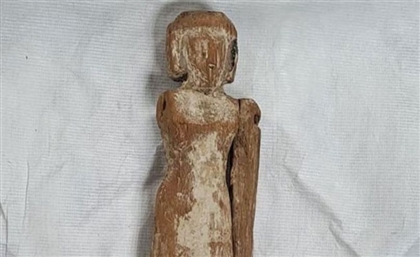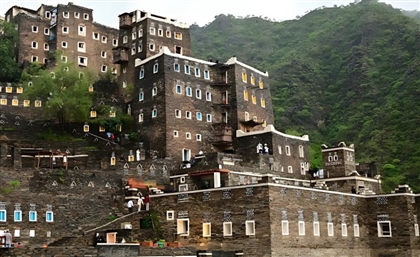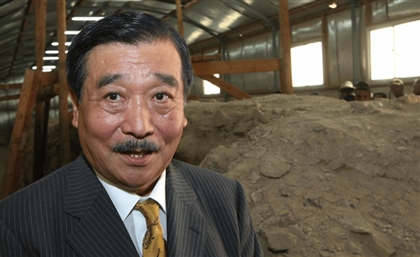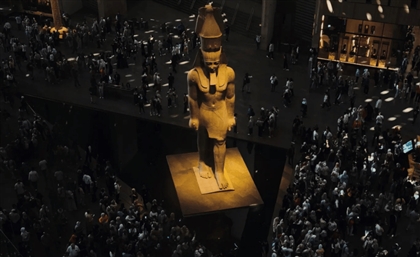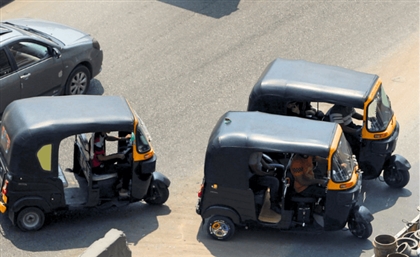Archaeologists Unearth 2,000-Year-Old City in Sharqia
Among the findings are multi-story mudbrick homes, a temple to Wadjet, and rare relics like a faience ushabti, bronze sistrum, and Horus stela.
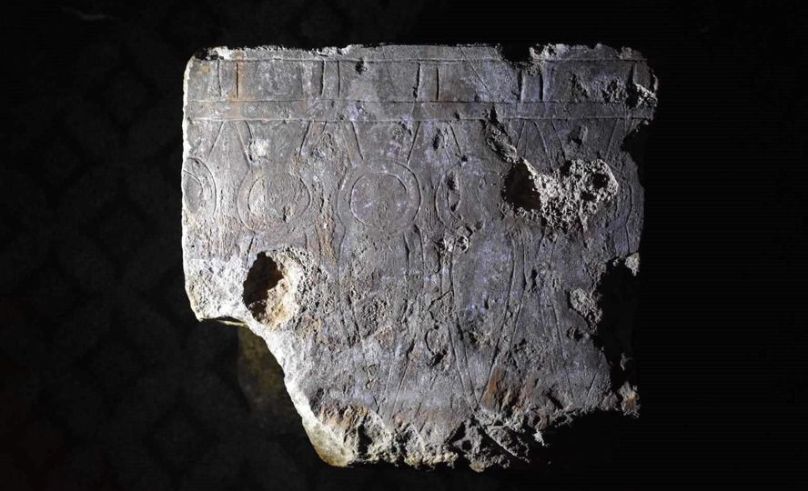
Archaeologists have uncovered the ruins of Imet, an ancient city buried beneath Tell El-Faraoun (Tell Nabisha) in Sharqia, shedding new light on urban life in the Nile Delta over 2,000 years ago.
-45906eeb-a019-4832-a544-b644d72077d4.jpg) Led by the University of Manchester, the British mission unearthed multi-story “tower houses,” grain storage rooms, and animal shelters dating back to the 4th century BCE—revealing a densely populated settlement with sophisticated architecture.
Led by the University of Manchester, the British mission unearthed multi-story “tower houses,” grain storage rooms, and animal shelters dating back to the 4th century BCE—revealing a densely populated settlement with sophisticated architecture.
-487200de-7220-4fd3-b431-6f54dc465b5e.jpg) In the temple area, the team discovered limestone flooring, mudbrick columns, and religious relics including a faience ushabti, a bronze sistrum adorned with Hathor heads, and a stela depicting Horus and Bes.
In the temple area, the team discovered limestone flooring, mudbrick columns, and religious relics including a faience ushabti, a bronze sistrum adorned with Hathor heads, and a stela depicting Horus and Bes.
-b2011355-a7a8-416a-ba36-02ab09dbe262.jpg) “The discovery of ‘Imet’ is a significant milestone in our understanding of daily life, architectural innovation, and religious practices in the Delta during the Late and early Ptolemaic periods,” said Dr. Mohamed Ismail Khaled, Secretary-General of the Supreme Council of Antiquities.
“The discovery of ‘Imet’ is a significant milestone in our understanding of daily life, architectural innovation, and religious practices in the Delta during the Late and early Ptolemaic periods,” said Dr. Mohamed Ismail Khaled, Secretary-General of the Supreme Council of Antiquities.
Believed to have been a major center during the New Kingdom and Late Period, Imet was home to a temple dedicated to the goddess Wadjet, originally rebuilt by Ramses II and Ahmose II.
- Previous Article Select 339: Mixed by Vegie
- Next Article Chinese Solar Firm Sunrev to Build USD 200 Million Plant in SCZone








